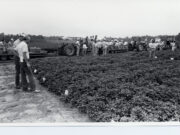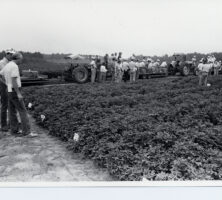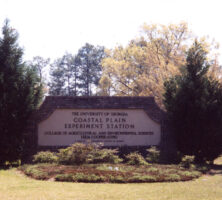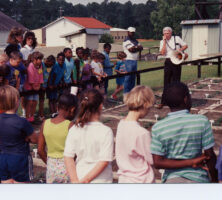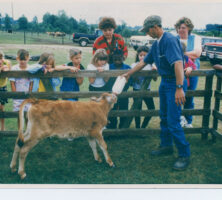The University of Georgia Tifton campus, located in Tifton, is south Georgia’s agricultural and environmental laboratory. Scientists with the University of Georgia College of Agricultural and Environmental Sciences use the campus’s land and facilities to study, learn, and teach the most effective and profitable ways to protect natural resources, raise livestock, and farm crops in this area. The campus is located in the hub of Georgia’s row crop agricultural region.
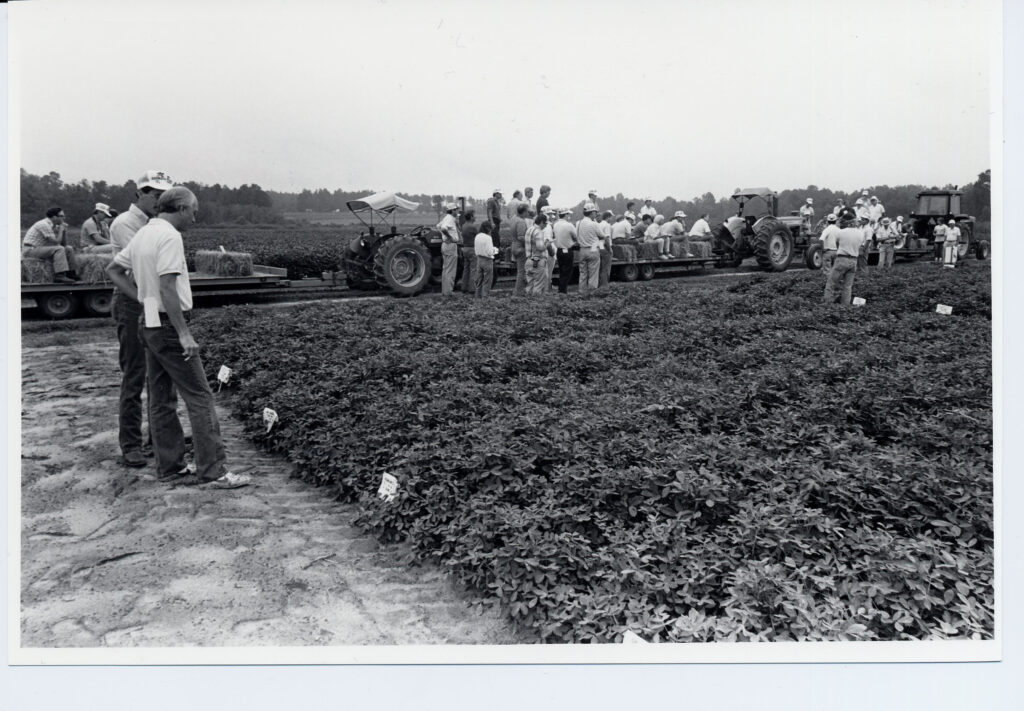
Courtesy of University of Georgia Tifton campus
At the beginning of the twentieth century more and more south Georgians began to till the soil and raise livestock in the Coastal Plain. They quickly learned that profitable agriculture in this area was a challenge. The long growing season, hot summers, and sandy, loamy soils required different crops and farming practices from those used in central and north Georgia.
In 1918 the Georgia Land Owners Association, led by Captain Henry Tift and William Stillwell, successfully lobbied the state legislature to create an agricultural experiment station in this area, to be affiliated with the state’s land-grant College of Agriculture at the University of Georgia in Athens. In 1919 the station began operating on a 206-acre tract of land donated by Tift. Research at the station focused mainly on such cash and feed crops as cotton, tobacco, peanuts, corn, forage grasses, and wheat.
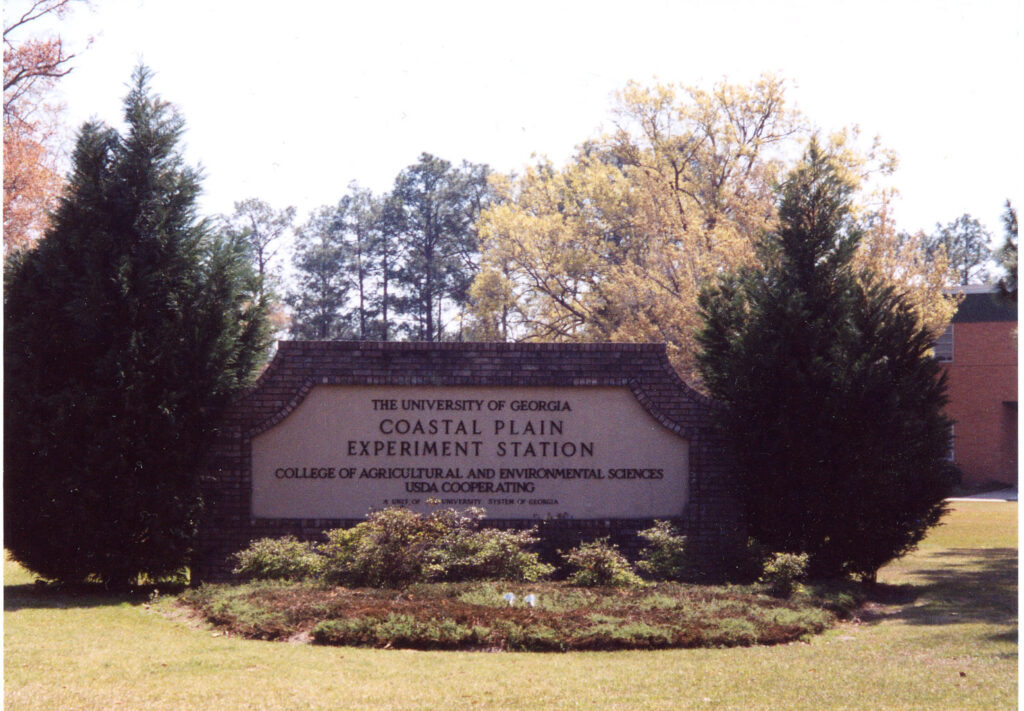
Courtesy of University of Georgia Tifton campus
The campus’s mission is much the same today as when the station first opened: “To conduct both applied and basic research bearing directly and indirectly on the establishment, maintenance, and improvement of permanent, effective, and profitable agriculture in Georgia and to develop, improve, and protect our environmental, soil, and water resources.” Farmers in the Coastal Plain now produce more than 80 percent of the row crops in Georgia. The growing season in south Georgia lasts about 205 to 275 days, and many farmers produce crops year-round.
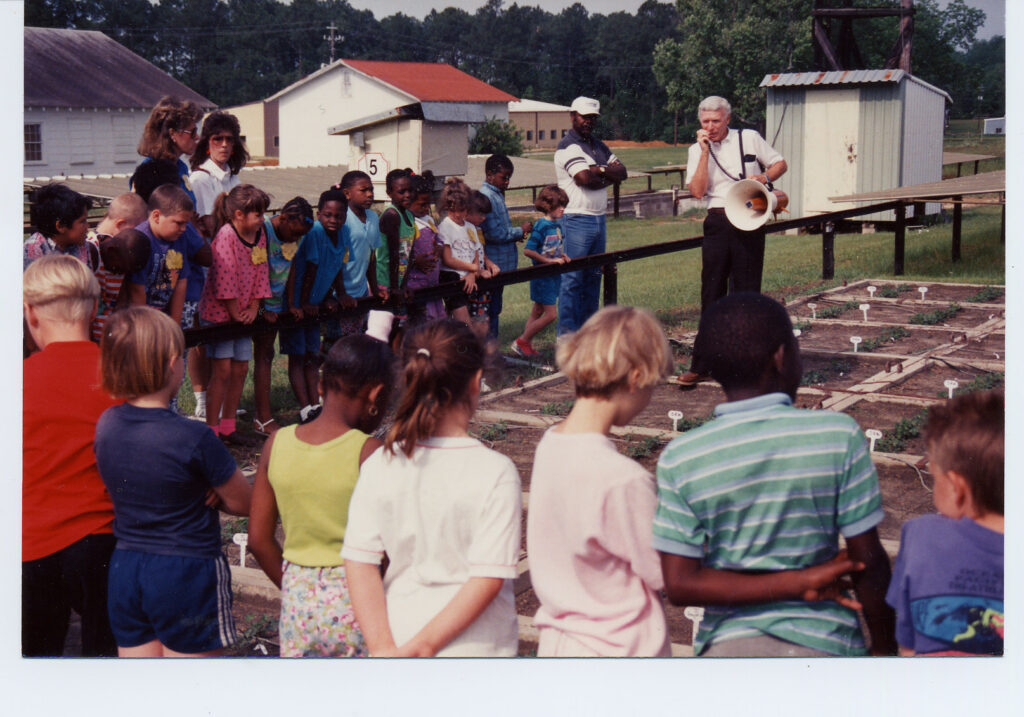
Photograph by Ann Rice. Courtesy of University of Georgia Tifton campus
The campus remains dedicated to the crops that were dominant when it was founded, but it also has grown along with south Georgia agriculture. Research at the campus now includes irrigation, precision agriculture, value-added processing, vegetables, fish, tree fruits and nuts, turf grasses, and ornamental horticulture crops. Scientists affiliated with the station perform research on more than 7,000 acres in south Georgia, with research farms and centers also at Attapulgus, Midville, Plains, Reidsville, Savannah, and Camilla. University of Georgia researchers also collaborate with Agricultural Research Service (U.S. Department of Agriculture) scientists based on the campus—a partnership that began in 1924.
The campus houses the University of Georgia Cooperative Extension Service’s southwest district offices, the University of Georgia Tifton Campus Conference Center, and the National Environmentally Sound Production Agriculture Laboratory, a collaborative, interdisciplinary research program that develops agricultural methods to safeguard natural resources.
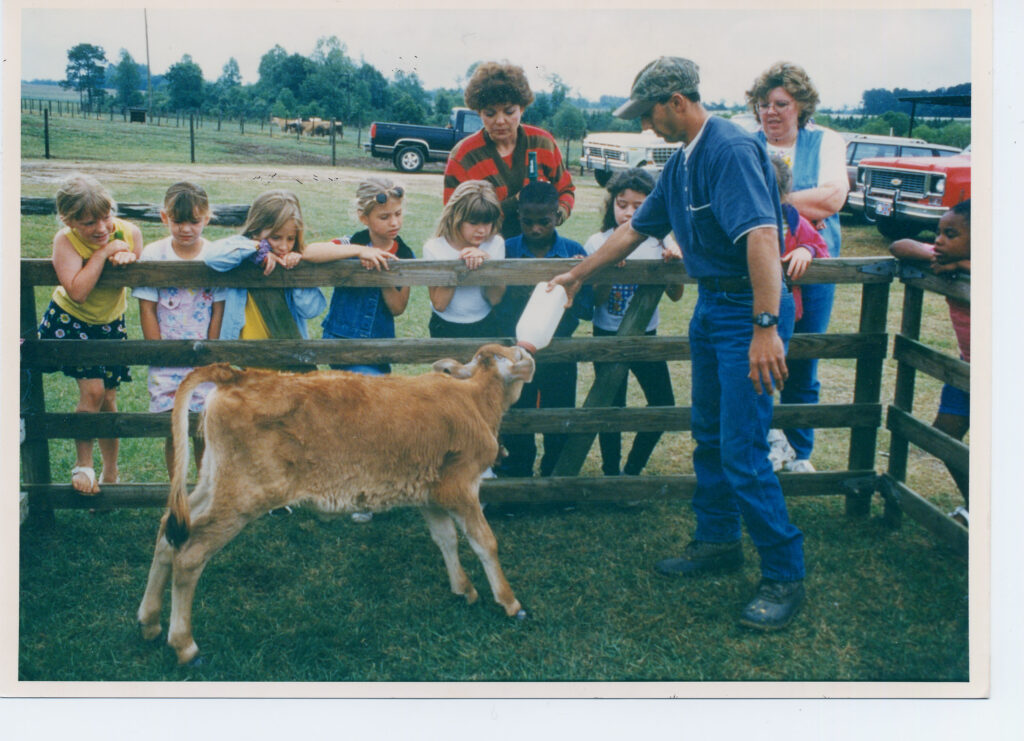
Courtesy of University of Georgia Tifton campus


